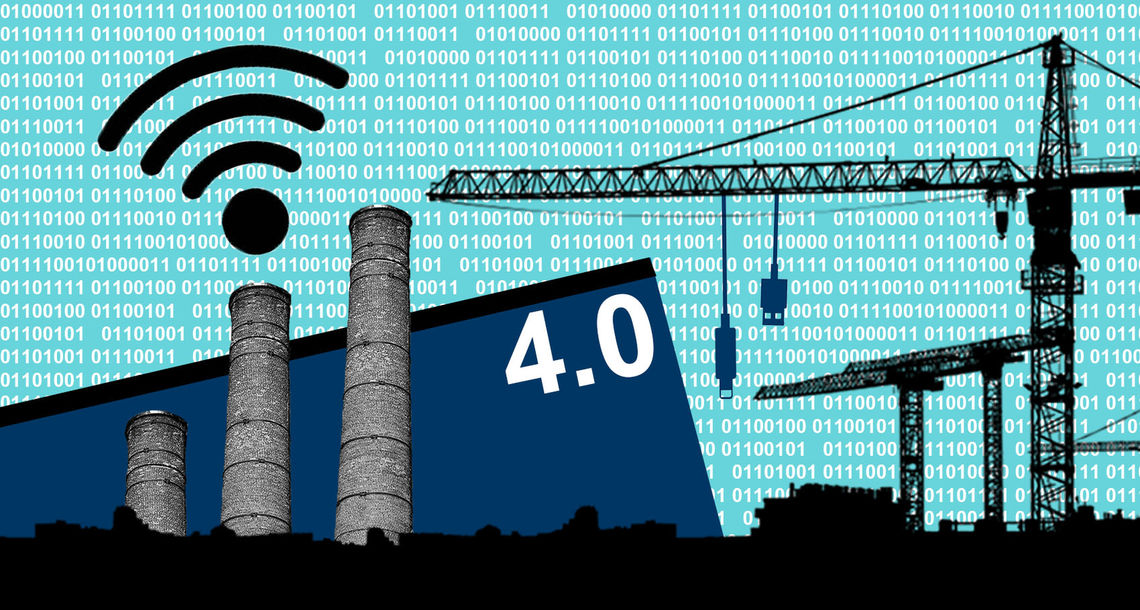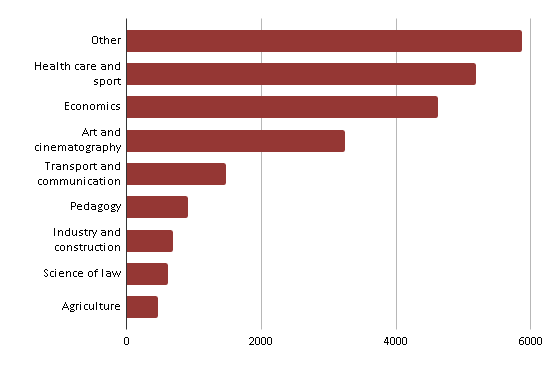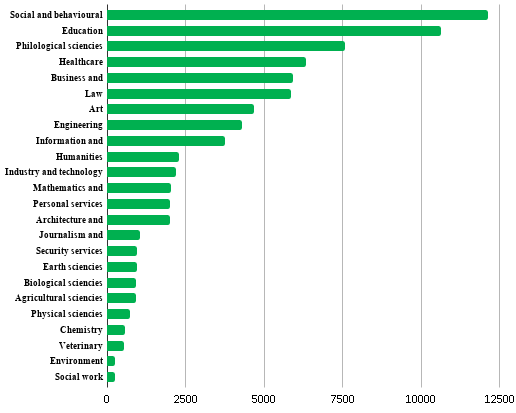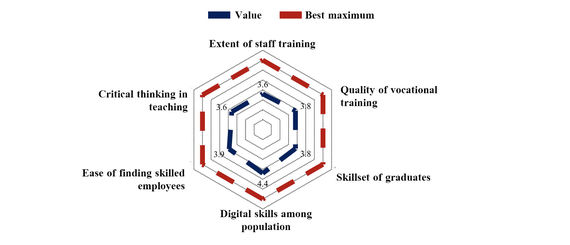The Fourth Industrial Revolution, also known as Industry 4.0, is what founder and executive chairman of the World Economic Forum Klaus Schwab calls the socio-economic development trends taking place in the world today. Experts believe that the Revolution humanity is witnessing today fundamentally differs from its predecessors.
The First Industrial Revolution took place at the end of the 18th century, with the spread of steam power and the new machines it made possible, which greatly reduced the workforce necessary to complete what was once labor-intensive work. The Second Industrial Revolution (generally dated between 1870 up to the beginning of the First World War) took place almost 100 years later as electricity (much of it generated through steam power) accelerated mass production even further with new innovations, technological processes and communication methods, like the telegraph. The Bessemer process – the first method discovered for the mass production of steel – was one of the most important factors in the success of the Second Industrial Revolution. A hundred years later, the world witnessed the Third Industrial Revolution (1969) that was driven by electronics and information technology, eventually giving us the Internet. Now, the Fourth Industrial Revolution is already fusing the physical, biological and digital worlds to create a new environment for production, employment, consumerism, communication and, in general, for life. It is built on the unprecedented level of connectedness that 5G communication technology will bring, the massive amounts of automatically-generated data produced by billions of “smart” devices, and new advances in machine learning and artificial intelligence that allow coordination between them all without human intervention. Notably, the time gap between these revolutions has contracted from 100 to only 40 years between paradigm shifts.
What are the Main Characteristics of the Fourth Industrial Revolution?
Global trends in digitization and automation are going to significantly transform manufacturing processes by reducing costs and increasing production value: imagine 3D printers building houses on their own, with self-driving vehicles providing them with the necessary raw materials. It is believed that this unprecedented development will lead to a great increase in productivity and, essentially, will improve living standards. However, taking into consideration the existing differences in socio-economic development in different countries, it’s probable that these trends will play out in different intensities in different parts of the world. Those countries where the digitization process is developing faster and digital solutions are more accessible to their citizens will be the ones that benefit the most from these new trends.
However, the Fourth Industrial Revolution can also have negative consequences, mainly within labor markets. It will be the same problem that took place during the First Industrial Revolution – the replacement of vast sectors of the human labor force with machines or, in today’s case, digital technologies. This can lead to more inequality in income and general well-being. The Boston Consulting Group predicts that, by 2025, the global labor market will go through a very disruptive transformation. Digitization will form new relationships within markets, creating new types of demand. To realize the demands of the modern consumer, there is already a need for experts who can create products based on digital technologies, specialists who can provide services for those technologies and experts that can create and ensure the development of new technologies. This new reality creates a challenge that today’s education systems will need to adapt to address.
As the time gap between these revolutions has been reduced from 100 years to 40 years, trends in technological development have sharply increased. However, the length of formal education has remained unchanged for years. Today’s higher education usually takes 4-6 years to complete and is falling behind global development, taking into account how fast the latter is taking place. There is a new threat of a rise in structural unemployment because specialists coming out of higher education systems will need to continuously update their skills in order to remain relevant in the labor market as short as six years after graduating. The world’s new development agenda is challenging not only the duration of formal education but its capacity and composition as well. To ensure competitiveness in the labor market, it’s necessary to make education more flexible by allowing it to adapt to labor market demands. However, digitization trends can have positive effects as well in this sector – new technologies have made individual and lifelong education accessible and cost-effective for wide swaths of the population.
What are the Most Current In-Demand Jobs?
LinkedIn published a list of the most promising jobs for 2019 based on job opening announcements and skills that are in demand (listed from least to the most amount of job opening announcements). This list shows trends in how demand is changing in the global labor market. Another list published by LinkedIn of expected skillsets is also changing. The most in-demand skills are those that Artificial Intelligence (AI) will not be able to replace such as creativity, collaboration/teamwork, time management, people management, etc. Additionally, skills in working with new technologies are also high in demand, for example, cloud computing, AI, UX Design, etc.
Forbes magazine also published a list of high-demand jobs based on a report issued by the U.S. Bureau of Labor Statistics, along with a list of jobs that will eventually lose demand. It’s noteworthy that this list of in-demand jobs is significantly different than a previously published list by the World Economic Forum of in-demand and most respected professions. The latter includes professions such as doctors, lawyers, engineers, school principals, police, nurses, accountants, management consultants, and teachers.
Is Armenia Prepared for These Global Trends?
This new agenda in world development demands new requirements in education and labor markets. Moving forward, in order to remain competitive, a country has to embark on creating, developing and implementing innovation while focusing, more than ever, on the development of a knowledge-based economy and pushing research and development (R&D) forward. It is also necessary to create a relevant educational environment.
When taking a look at what specialties and disciplines students are studying in Armenia’s educational institutions, it becomes abundantly clear that the professions of the future are not big on the list (see graph 1, 2, and 3).






